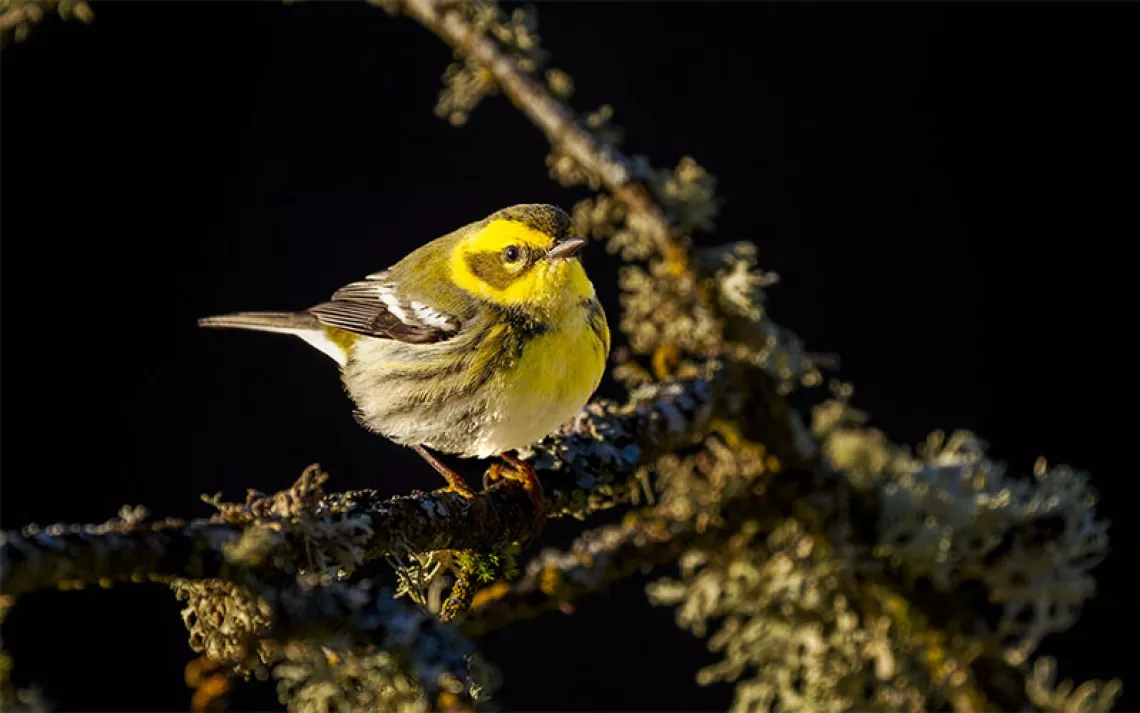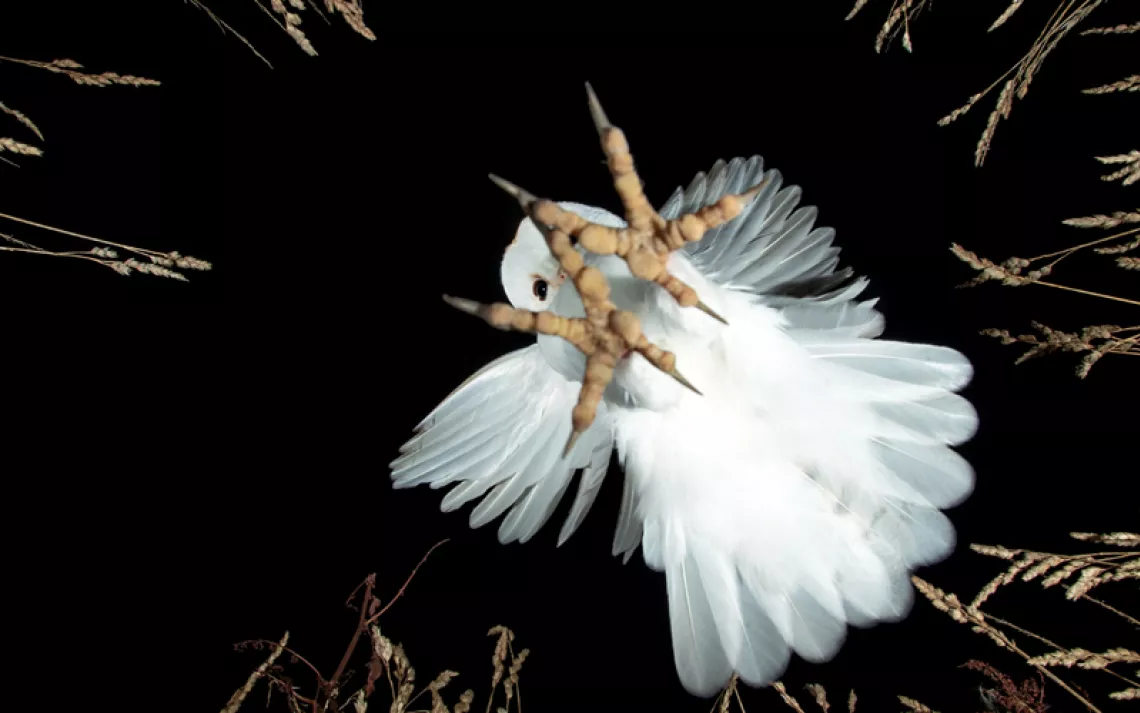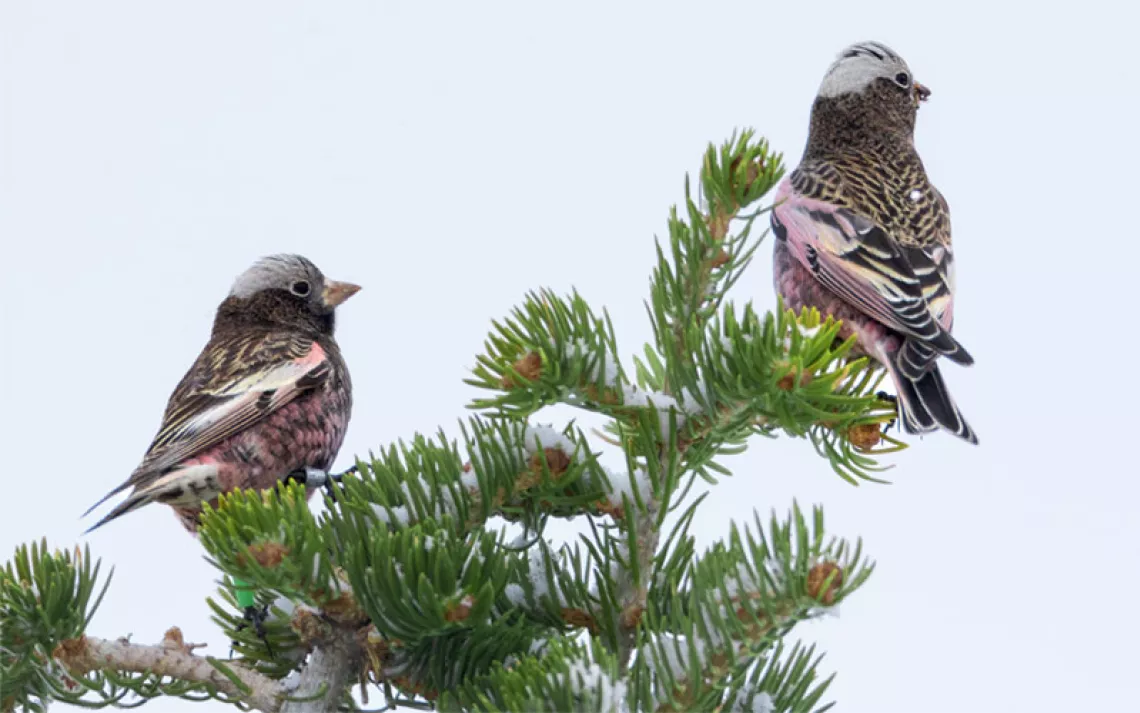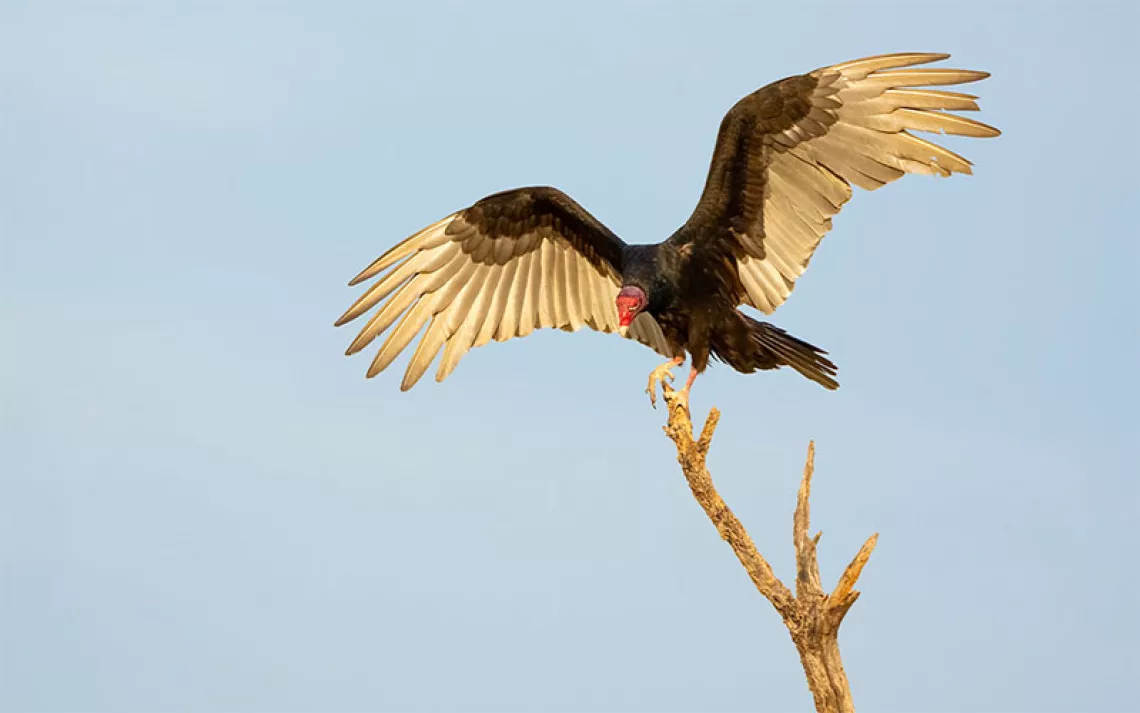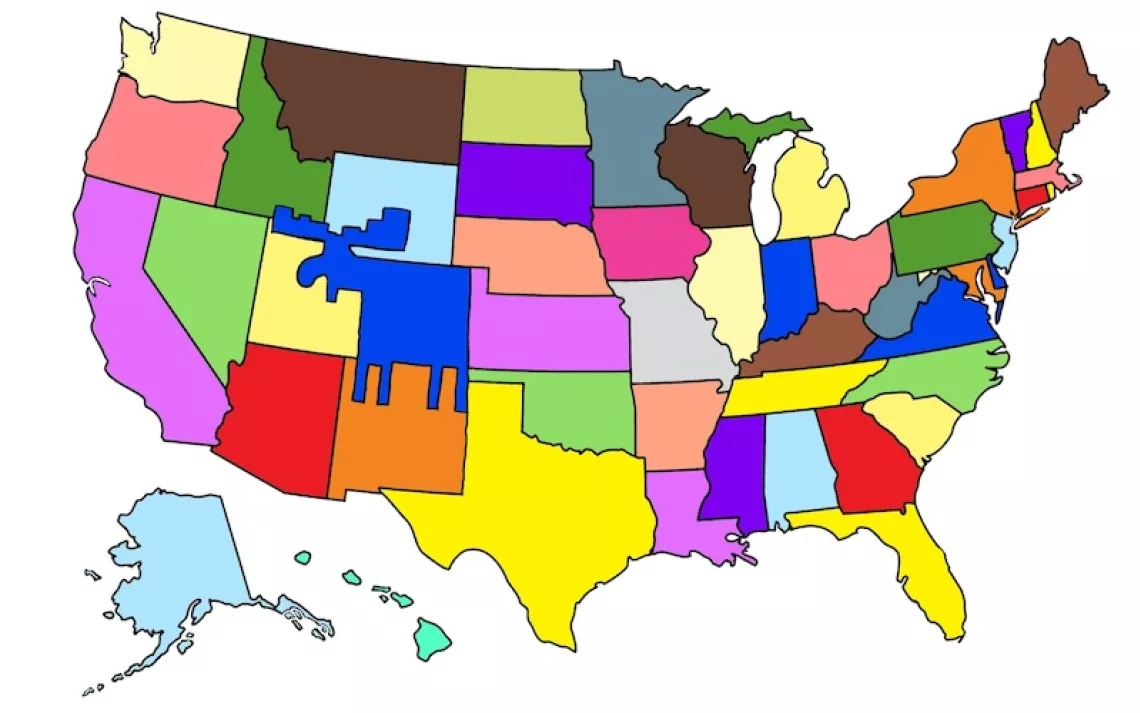Birds of Flight
A search for a deeper understanding of the wings that carry us
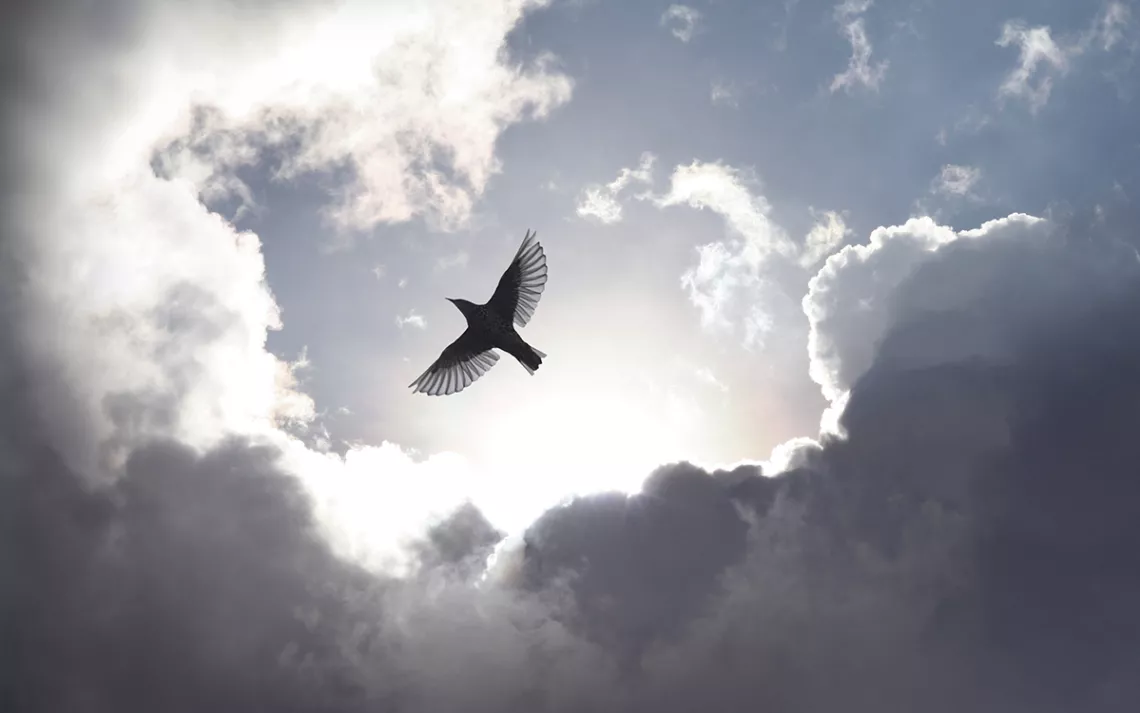
Photo by Dreamland Media/iStock
In 2016, I could list the things I knew about airplanes succinctly: the safety protocol for passengers in flight, the makes and models of a handful of commercial aircraft, and the adage that you’re more likely to be struck by lightning than be in a plane crash. I did not understand the physics of flight—the thrust of an engine, for example, or the lift of a static wing.
But that same year, a month after my grandmother Po died, my mother began texting me photographs: pictures of vases, sunglasses, pots, and papers she had found while cleaning out Po’s apartment. Among them was a letter written by my grandfather Gong, who had died a decade earlier. It contained his life story in fragments, as Alzheimer’s lapped the shore of his remaining memories. It contained stories of flight: bomber planes, transport aircraft, and fighter jets. An air force colonel, Gong had moved to Taiwan from China in the final years of the Chinese civil war. Decades later he moved to Canada, where I was born. The stories were more of him than I’d ever known.
*
A year later, I flew to Taiwan to track down traces of Gong’s past. I was ill-equipped to trace air force history in another language, but I wanted at least to verify the letter’s scattered timeline, to see the places of which he wrote. I took an apartment in the east end of Taipei, where forested slopes flattened into city streets. Once I’d sent off letters of inquiry to archives, veterans’ groups, and air bases, I spent my days hiking the nearby hills. That is how, while I was meant to be learning about airplanes, I found myself searching for birds instead.
A placard in my local park alerted me to the presence of Taiwan blue magpies. For weeks, I’d walked past it on my way to and from the station, but late one night, going home from a lonely dinner, I stopped to read it. I learned that the park was just within the range of the birds, who live only in Taiwan and search for fruit and seeds fallen from the trees or left by the old men who gather in the park each afternoon to play games and suck lychee fruit to their pits. I learned to look closely between the shadows of the banyans. The Taiwan blue magpie’s lithe body is black and navy blue, but its beak is the color of fire. I searched daily, waiting for word of my grandfather’s past.
Gong built his career on his talent for flight. During World War II, he was a bomber pilot among the Flying Tigers and then a personal pilot on the Nationalist government’s VIP Transport Team, flying political leaders. In Taiwan, he’d taught generations of pilots after him and flown jets along the coastline in Cold War patrols. His letter was studded with terms I did not know: “slipstream” and “shear” and the instruments of flight. I looked them up, but still their meanings felt opaque. I was trained as an environmental historian—the language of landscape, of species, of places was more familiar.
I ordered a book of aviation history with pull-out illustrations of the planes Gong flew. The same day, I bought a guide to Taiwan’s birds written in Chinese. I could only read it with the help of a dictionary app on my phone. I began to make lists: planes and the territories he flew above; the birds I might learn to recognize. I mapped the places I’d find them.
*

Photo courtesy of Jessica J. Lee.
The B25 Mitchell was a bomber plane—twin-engined, twin-tailed. The plane needed a crew of five, all of whom climbed through its belly to find their places. My grandfather sat above the cage at the plane’s nose, piloting explosives to the front lines of the war with Japan. The years he flew the B25, he wrote, were the closest he came to knowing death.
There were other planes too. While I waited for answers, I traveled south from Taipei to the air force museum near Gangshan, where Gong had once been based. It was November, but the sun still baked the concrete of the old air base. Inside, the planes were arranged in a hangar, strung from the ceiling and still. I examined the ones that were on my list: P-40 and P-51 fighters and the C47 in which he’d flown Taiwan’s leaders in the period before they declared martial law. I felt unease, wanting to know his place in a regime tarnished by its brutality. I tried in vain to take a photograph, but the plane was too large; its wings always fell out of the frame.
Days later, I traveled an hour up the coast to the Tsengwen Estuary and cataloged my sightings in a field of reservoirs and winter-quiet fish farms: black-winged stilts that danced in a crowd; plovers (my inexpert eye did not know which species); arc-beaked far eastern curlews; and the black-faced spoonbill. Half the world’s population of black-faced spoonbills gather in Taiwan in winter. Two decades ago, when numbers of the species dropped into the low hundreds, sighting the bird was a rarity. It was listed as critically endangered. Through careful conservation measures—including the preservation of the site on which I stood—their numbers have since rebounded into the thousands, but these numbers remain precarious. Because the birds are dependent upon coastal sandbars and mudflats for their food, dammed rivers and coastal erosion result in ever-shrinking habitats. I searched for four hours and saw just a solitary spoonbill, wading through a shallow pond, shuffling its broad bill in the muck for shellfish.
In looking for birds, I learned new ways of ordering the world. Flyways mark the course of migratory birds, spanning continents and sometimes oceans. Like the route-sliced maps of airplane magazines—showing all the cities one might venture between—10 separate flyways traverse the globe. What kind of journey had the spoonbill taken? Many of them spend summers in the de facto nature reserve of the demilitarized zone of the Korean peninsula. From there, they journey south along the East Asian–Australasian Flyway, which stretches from Russia to New Zealand, overwintering in either Taiwan or Hong Kong. The spoonbills live amidst the sites of our contention.
The passing of that morning at Tsengwen was marked out by flight noise: the shearing of air as F-16s passed overhead on routine patrols of the Taiwan Strait. This was the coastline my grandfather flew, back then in an F-100 Super Saber, a jet fighter developed for the US Air Force in the 1950s. It was the first of its kind to achieve supersonic speed during steady, unaccelerated flight. It was also the plane he was flying when his career as a pilot came to its end.
When a black-faced spoonbill takes the flyway across the East China Sea, it is likely to remain aloft for many days at a time. Studies of the bird’s migratory patterns show vast distances—some 2,000 kilometers—covered in just a month, with only a handful of days to rest on the journey. In some cases, the birds might fly near 600 kilometers without stopping. Spoonbills look clumsy when wading on land; their broad bills seem outsized for their bodies. But in flight they achieve something of grace: Unlike most birds of their kind, the spoonbills do not tuck their necks into their torsos as they fly. Instead, as their wingspan extends, so too does their body. Seen from the side from tip to tail, the bird in flight forms a long, curved line, a letter m perhaps, a valley between two small hills.
A plane’s grace, by contrast, is a static thing determined long before flight. Designers and engineers calculate the ideal angle of a wing, the aerodynamics of a nose. But there exist things that are harder to calculate. When my grandfather flew the coastal patrol, the technology to predict microbursts did not yet exist. So he could not foresee that the air that had held him aloft would change shape so suddenly, that the downward force of a cold burst would thrust his plane to the ground. Remarkably—inexplicably—he survived.
He never told me about the plane crash, but I saw its traces throughout my childhood. His aching back, the longing on his face when he saw planes in flight. I’d seen a frame filled with military decorations and badges, but their taxonomy was opaque to me. I did not know the honors they conferred.
*
There are well-worn things we can say about flight—about Icarus with his wings of wax; about Kuafu, who chased the sun until he died. Most cultures have stories of men who seek the sky to their demise. But among them all, there is the tale of the leaning mulberry (fúsāng). It grew in the east, and from its branches grew many suns. Each day, a crow would lift one and carry it across the sky. The next day, another bird would carry the day. The duration of flight was fixed; at dusk, the birds always had to return to the ground.
In the traditional Chinese character飛 (fēi, to fly), the motion is frozen, the frames fixed in the work of naming: Two birds appear, one atop the other, wings spread and rising. But it is not two. It is a single bird, trapped in the motion of flight. The character over which the birds fly, 升 (shēng), means to hoist, to rise. Like the mulberry’s crows carrying the sun across the sky each day, flight’s labor is made plain.
飛 also forms the first character of "airplane": 飛機 (fēijī).
I returned to Taipei after sighting the spoonbill and found myself again in the thrall of its city birds. I checked my book to learn their names and memorized the commoner sorts. In the gloaming hours of night, when I stepped onto a pathway in west Taipei, I recognized the bird at my feet instantly. Its plaintive call had carried across the park as I walked: a low, trembling ooo ooo. It scuttled across the lawn, eyes flashing with the glare of streetlamps. It was squat and acorn-brown. I stopped to watched it move quickly and alone; the Malayan night heron is a solitary sort of bird, spending much of its time on land.
I was meant to be flying home soon—I’d been in Taiwan for three months, chasing my grandfather’s story. My hands, on that count, were emptier than I’d hoped; his records from the Cold War remained closed.
But I’d seen the planes, the bases, the light. I’d seen the coast of his patrol, the way sea fades into sky. I’d learned something of wings and a language with which to name them. Did it matter if they belonged to airplanes? I had in my mind a vision of flight.
 The Magazine of The Sierra Club
The Magazine of The Sierra Club
